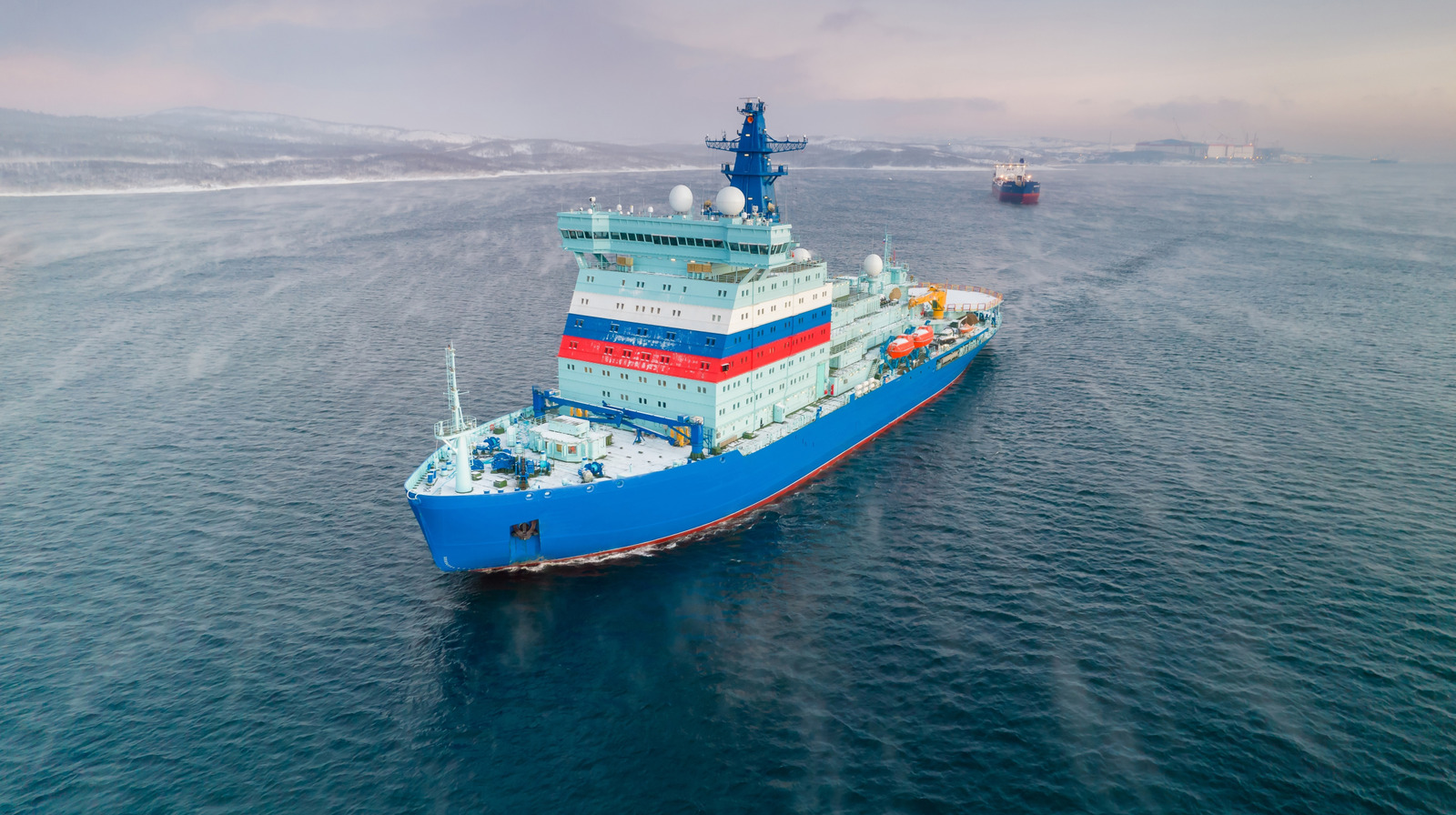Why Are People Talking About Nuclear Power for Ships Again?
If you’ve noticed more chatter about nuclear-powered ships lately, you’re not alone. With global emissions targets tightening and the shipping industry under pressure to clean up its act, the idea of using nuclear energy at sea is making a comeback. But why now, and what does it really mean for the future of shipping?
What’s Driving the Push for Cleaner Shipping?
Shipping is the backbone of international trade, moving about 80% of global goods by volume according to the International Maritime Organization (IMO). But it’s also a major polluter—responsible for nearly 3% of global CO2 emissions, a figure that rivals the entire aviation sector. As governments and companies commit to net-zero targets, the pressure is on to find alternatives to the heavy fuel oil that powers most cargo ships.
Traditional fixes like cleaner fuels, wind-assist sails, and battery-electric vessels are in the mix. But for massive container ships crossing oceans, these solutions often fall short on range, reliability, or scalability. That’s where nuclear comes in.
How Does Nuclear Shipping Work, and Has It Been Tried Before?
Nuclear-powered ships aren’t a new concept. The first nuclear merchant ship, the NS Savannah, launched in 1959, and several navies—including the US and Russia—have operated nuclear-powered vessels for decades. These ships use onboard reactors to generate heat, which produces steam to drive turbines and propel the vessel.
The advantage? Nuclear reactors can run for years without refueling, offering virtually unlimited range and zero direct emissions. But the technology never caught on commercially, mainly due to high costs, regulatory hurdles, and public concerns about safety.
What’s Changed to Make Nuclear Shipping More Appealing Now?
A few things have shifted. First, the urgency to decarbonize shipping is greater than ever. The IMO has set a target to cut greenhouse gas emissions from ships by at least 50% by 2050 compared to 2008 levels. Second, advances in reactor technology—like small modular reactors (SMRs)—promise safer, more compact designs that could be better suited for commercial vessels.
There’s also a new willingness to revisit nuclear as a practical solution. In 2023, a report from the World Nuclear Association highlighted that modern SMRs could be deployed on large ships, reducing emissions dramatically and potentially lowering operating costs over time.
What Are the Main Challenges and Risks?
Let’s be real: nuclear power at sea isn’t without its hurdles. Safety is the big one. Accidents involving nuclear ships, while rare, could have catastrophic consequences for marine environments and coastal communities. There’s also the thorny issue of nuclear waste management and the risk of proliferation.
Regulatory complexity is another sticking point. International rules for transporting and operating nuclear-powered merchant ships are patchy at best, and port access could be a major headache—many countries simply won’t allow nuclear vessels to dock.
Finally, there’s the cost. Building and maintaining nuclear-powered ships requires massive upfront investment and specialized crews. For many shipping companies, the economics just don’t pencil out—at least not yet.
Could Nuclear Shipping Actually Help Reduce Global Emissions?
On paper, nuclear-powered ships could slash emissions from the sector almost overnight. A single large vessel running on nuclear energy could avoid burning tens of thousands of tons of fossil fuel each year. If even a fraction of the world’s cargo fleet went nuclear, the climate impact would be significant.
But the reality is more nuanced. The timeline for developing, building, and certifying nuclear ships is long—likely measured in decades, not years. And public acceptance remains a wild card. Still, as the world gets more serious about decarbonization, nuclear is likely to stay in the conversation.
Are There Real-World Examples or Pilot Projects Underway?
Russia’s nuclear icebreakers have been operating in the Arctic for decades, offering a proof of concept for nuclear propulsion in harsh conditions. More recently, companies in South Korea and China have announced feasibility studies for nuclear-powered container ships, though none have hit the water yet.
Meanwhile, the US Navy continues to rely on nuclear propulsion for its aircraft carriers and submarines, demonstrating the technology’s reliability and endurance—albeit in a military context.
What’s the Bottom Line for the Future of Shipping?
Nuclear-powered ships aren’t going to replace diesel giants overnight. But as the shipping industry faces mounting pressure to decarbonize, expect to see more serious investment and research into nuclear options—especially for the largest, longest-haul vessels.
The big takeaway? Cleaning up shipping isn’t about perfection—it’s about smarter adjustments. Start with one change this week, and you’ll likely spot the difference by month’s end.


